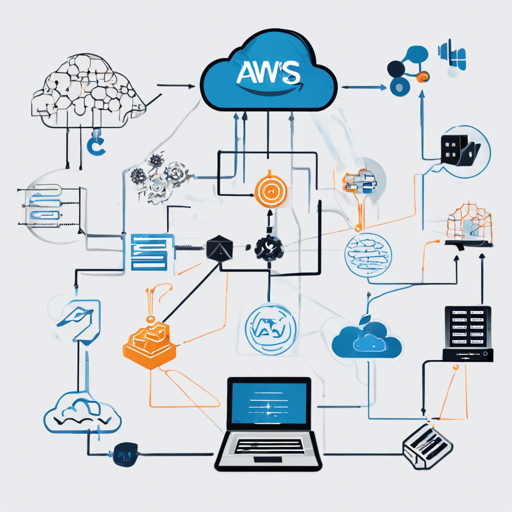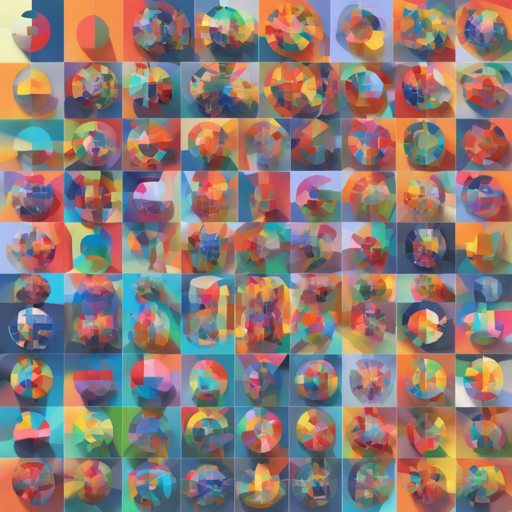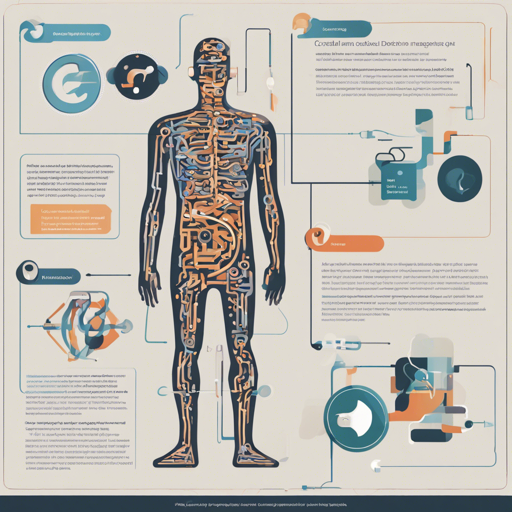Welcome to a comprehensive guide on utilizing AWS Machine Learning (ML) services! In this article, we will explore how to effectively use the vast array of tools and services provided by Amazon under the AWS platform, focusing specifically on Amazon SageMaker, AI...
Getting Started with DM Control: Google DeepMind’s Physics-Based Simulation
In this article, we will explore DM Control, a powerful package from Google DeepMind that leverages the MuJoCo physics engine for creating reinforcement learning environments. With an engaging storyline packed with simulations and custom tasks, you might say it’s like...
Automated Rectification of Images: A Practical Guide
In this article, we will delve into the process of automated image rectification, employing a modified version of the approach presented in the paper by Chaudhury et al. (2014). The aim is to transform images so that their perspective aligns correctly with standard...
How to Utilize Regularization Images in Stable Diffusion
Stable Diffusion is a notable technology in the field of artificial intelligence, particularly in image generation. One of its important functionalities is the use of regularization images, which serves a crucial role in the training process. In this article, we will...
How to Dive Deep into Node Representation Learning with Graphs
In the field of artificial intelligence, understanding the connections and relationships between data points—often represented as graphs—is vital. One emerging subfield is node representation learning, which has gained traction with the advent of deep learning...
How to Get Started with AI Horde: Setting up Your Account and Integration
If you’re looking to leverage the power of artificial intelligence for image and text generation without needing a powerful GPU, you're in the right place. The AI Horde is an extraordinary ML-Ops crowdsourced distributed inference cluster that allows you to explore AI...
How to Get Started with Semantic Segmentation in PyTorch
Semantic segmentation is like painting a detailed picture, where each pixel has a specific label. If you're venturing into the world of machine learning, semantic segmentation models allow you to label each pixel of an image according to its class, making it a crucial...
How to Implement Contrastive Learning for Natural Language Processing (NLP)
Unraveling the power of contrastive learning for creating robust language models. Understanding Contrastive Learning in NLP Contrastive learning is a technique used extensively in representation learning, allowing models to differentiate between similar and dissimilar...
Creating an NSFW Detection Machine Learning Model: A Step-by-Step Guide
In today’s digital landscape, content moderation is vital. This blog will guide you through the creation and usage of an NSFW (Not Safe For Work) Detection Machine Learning model that can effectively classify a wide range of images, ensuring a safe experience for...









